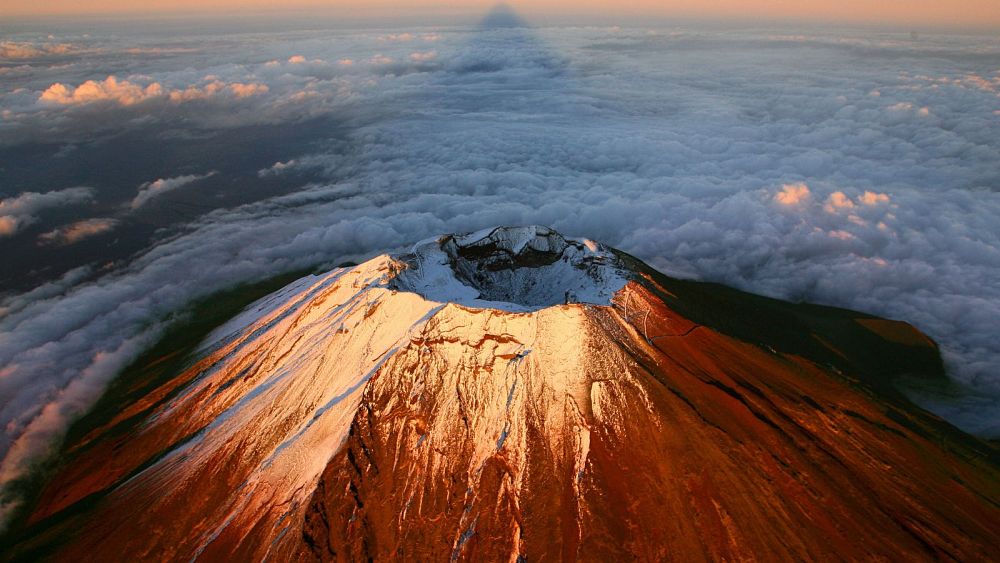The presence of tiny plastics in clouds risks the contamination of ‘everything we eat and drink’, researchers say.
Microplastics have been discovered in clouds, where scientists say they could be contributing to climate change.
Researchers found several types of polymers and rubber in the water in cloud water surrounding Mount Fuji, Japan’s biggest mountain, and Mount Ōyama.
Their study, published in the journal Environmental Chemical Letters, joins a growing body of evidence showing that plastic pollution has infiltrated most ecosystems on Earth.
Fragments of plastic smaller than 5mm (around the size of a sesame seed) have been found in the furthest reaches of the planet and most intimate parts of the human body, including the blood, lungs, and placentas of pregnant women.
"To the best of our knowledge, this study is the first to detect airborne microplastics in cloud water in both the free troposphere and atmospheric boundary layer,” the scientists wrote.



As is the link I posted, aerosols are the same thing, a suspension of particles
You originally asked how cloud formation changes the climate and now you’re answering your own question?
Whether it heats or cools the earth, it is still changing the climate. Either direction is a dangerous change that can rapidly deteriorate our already precarious situation in regards to climate change.
I don’t understand what you’re saying by posting these links?
I’m just doing further reading, and finding that it’s such a tiny proportion of aerosols that it’s likely to have minimal effect.
I like to understand the facts before claiming it’s good, bad or neither